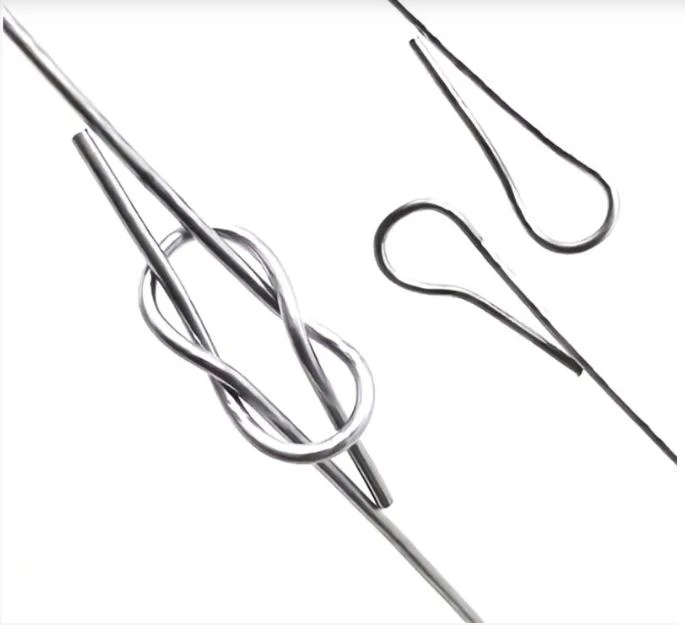-
 Phone:
Phone: -
 Email:
Email:

Guide to Chain Link Fence Installation for Your Property Protection and Aesthetic Appeal
Chain Link Fence Installation A Comprehensive Guide
Installing a chain link fence is an effective way to define your property boundaries, ensure security, and enhance the aesthetic appeal of your landscape. Known for its durability and affordability, chain link fencing is a popular choice for both residential and commercial properties. In this guide, we’ll walk you through the important steps of installing a chain link fence and provide some tips to ensure a successful project.
Materials and Tools Required
Before starting your installation, gather the necessary materials and tools. Here’s a list to get you started
Materials 1. Chain Link Fabric The height and gauge depend on your requirements. 2. Terminal Posts These are the sturdy posts that will anchor the corners and ends of your fence. 3. Line Posts Used as support between terminal posts, these should be installed at regular intervals. 4. Top Rails These provide stability to the chain link fence. 5. Tension Bars and Bands Used to attach the fabric to the terminal posts. 6. Gate Kit If you plan to include a gate, ensure you have a compatible kit. 7. Concrete Mix For securing the posts into the ground.
Tools - Tape Measure - Level - Post Hole Digger or Auger - Hammer or Mallet - Wire Cutters - Pliers - Wrench - Safety Gear (gloves, goggles, etc.)
Planning and Preparation
1. Check Local Regulations Before you start, check with your local zoning office for any ordinances or restrictions concerning fence installation. This includes height limits and property line regulations.
2. Design Your Fence Determine the size and layout of your fence. Mark the corners and key points on the ground where the posts will be installed. Using stakes and string can help visualize the fence line.
3. Gather Your Materials Purchase all the necessary materials based on your fence dimensions. It’s advisable to buy a little extra chain link fabric to account for any errors.
Installation Steps
Step 1 Setting the Posts
1. Dig Holes for Terminal and Line Posts Use a post hole digger to create holes approximately 2 feet deep (or below the frost line in colder climates).
2. Install Terminal Posts Place the terminal posts in the holes and check with a level to ensure they’re straight. Fill the holes with concrete and allow it to cure as per the manufacturer’s instructions.
chain link fence installation

3. Install Line Posts Space the line posts about 10 feet apart, ensuring they are aligned with the terminal posts. Repeat the concrete pouring process.
Step 2 Attaching the Top Rails
1. Attach the Top Rails Once the posts are set, attach the top rails using the appropriate fittings. Ensure they are level across the entire length of the fence.
Step 3 Installing the Chain Link Fabric
1. Unroll the Chain Link Fabric Begin at one terminal post and unroll the chain link fabric along the fence line.
2. Attach the Fabric Use tension bars and bands to secure the fabric to the terminal posts. Ensure that the fabric is taut to avoid sagging.
Step 4 Finish Up with Gates
1. Install the Gate Frame If you’re including a gate, follow the instructions provided in the gate kit. Ensure it swings freely and fits well within the designated space.
2. Final Inspection Walk along the fence line to check for any loose fittings or abnormalities. Adjust as necessary.
Maintenance Tips
A chain link fence is relatively low-maintenance, but regular inspections are key to ensuring longevity. Check for rust, loose fittings, and any damage caused by weather or impact, and make repairs promptly.
Conclusion
Installing a chain link fence is a straightforward project that can greatly enhance the security and privacy of your property. With the right materials and careful planning, you can have a sturdy fence that lasts for years to come. Whether you’re securing your yard or enclosing a commercial property, following these steps will help you achieve a successful installation.
-
Wire Mesh for Every Need: A Practical SolutionNewsJul.25,2025
-
Steel Fences: Durable, Secure, and Stylish OptionsNewsJul.25,2025
-
Roll Top Fencing: A Smart Solution for Safety and SecurityNewsJul.25,2025
-
Cattle Farm Fencing Solutions for Maximum SecurityNewsJul.25,2025
-
Affordable Iron Binding Wire SolutionsNewsJul.25,2025
-
Affordable Galvanized Wire SolutionsNewsJul.25,2025
-
Wire Hanger Recycling IdeasNewsJul.25,2025








